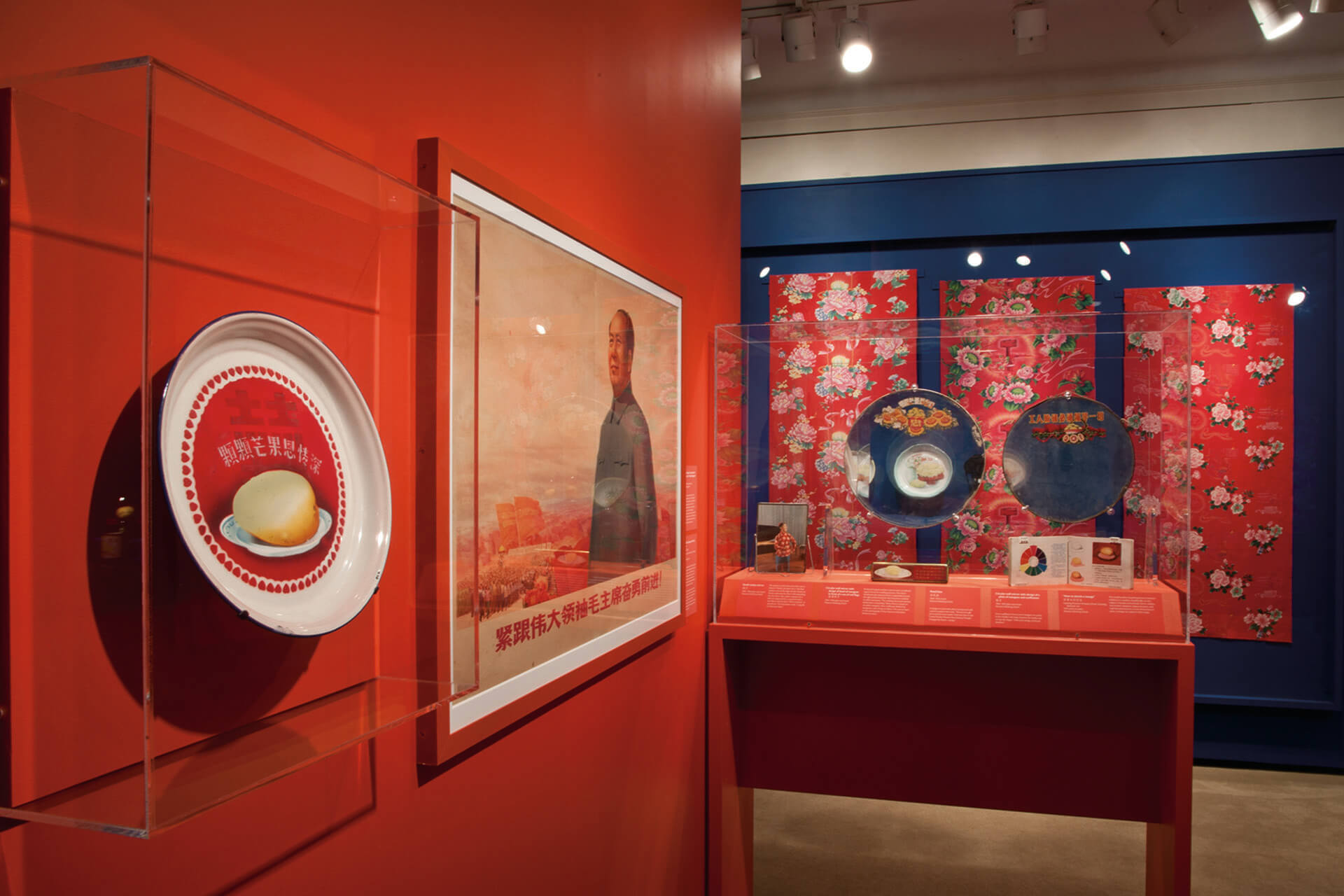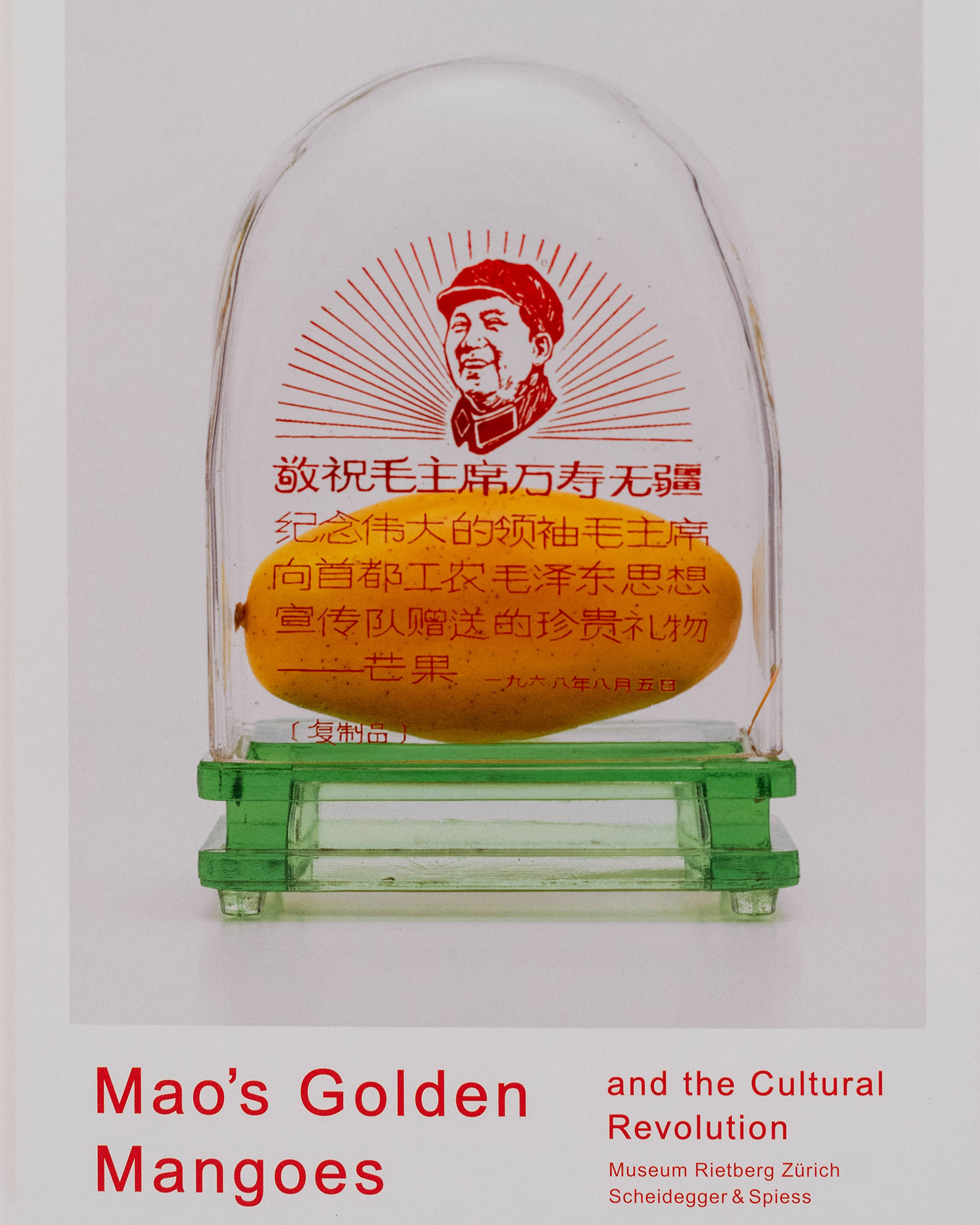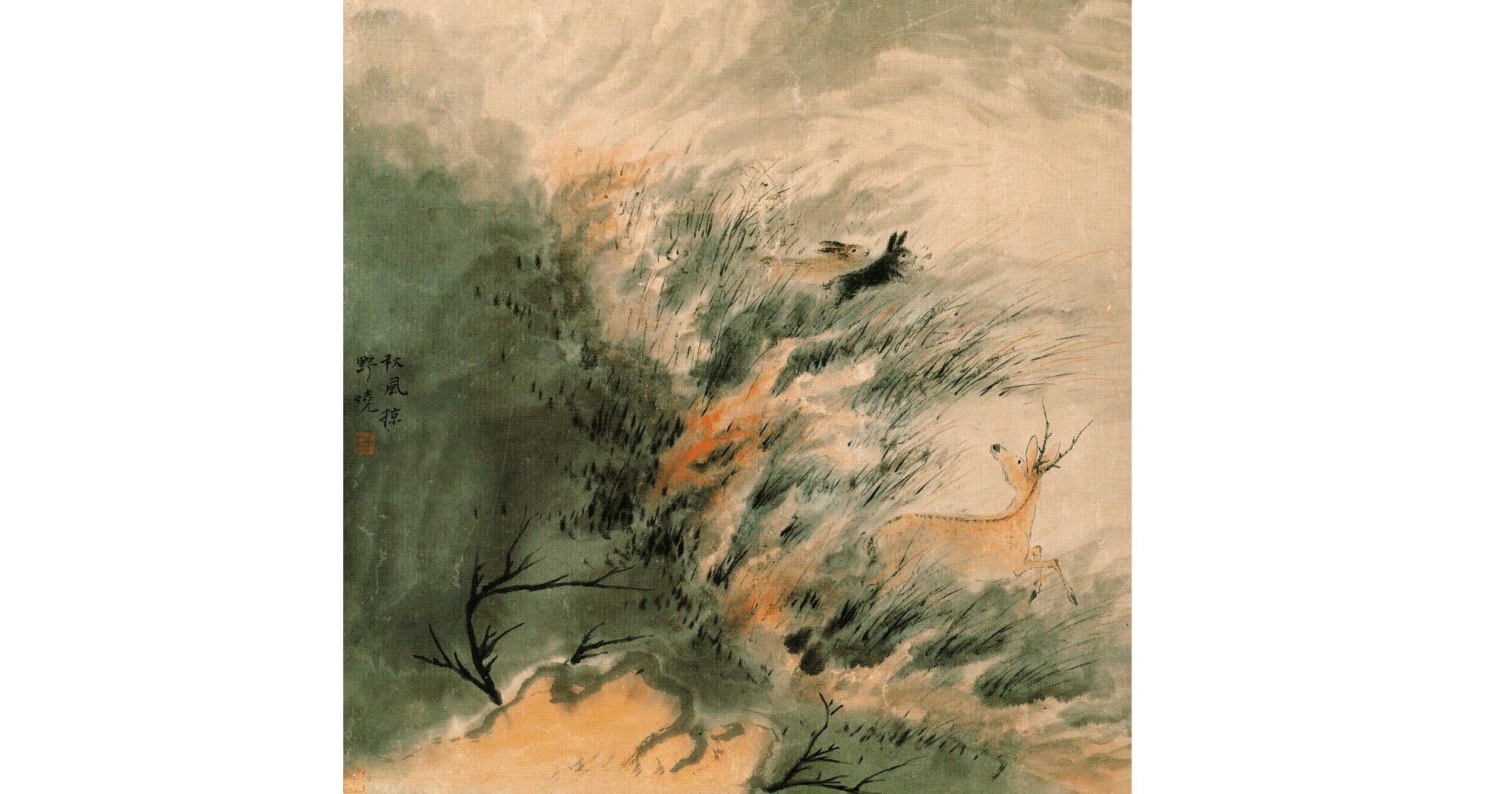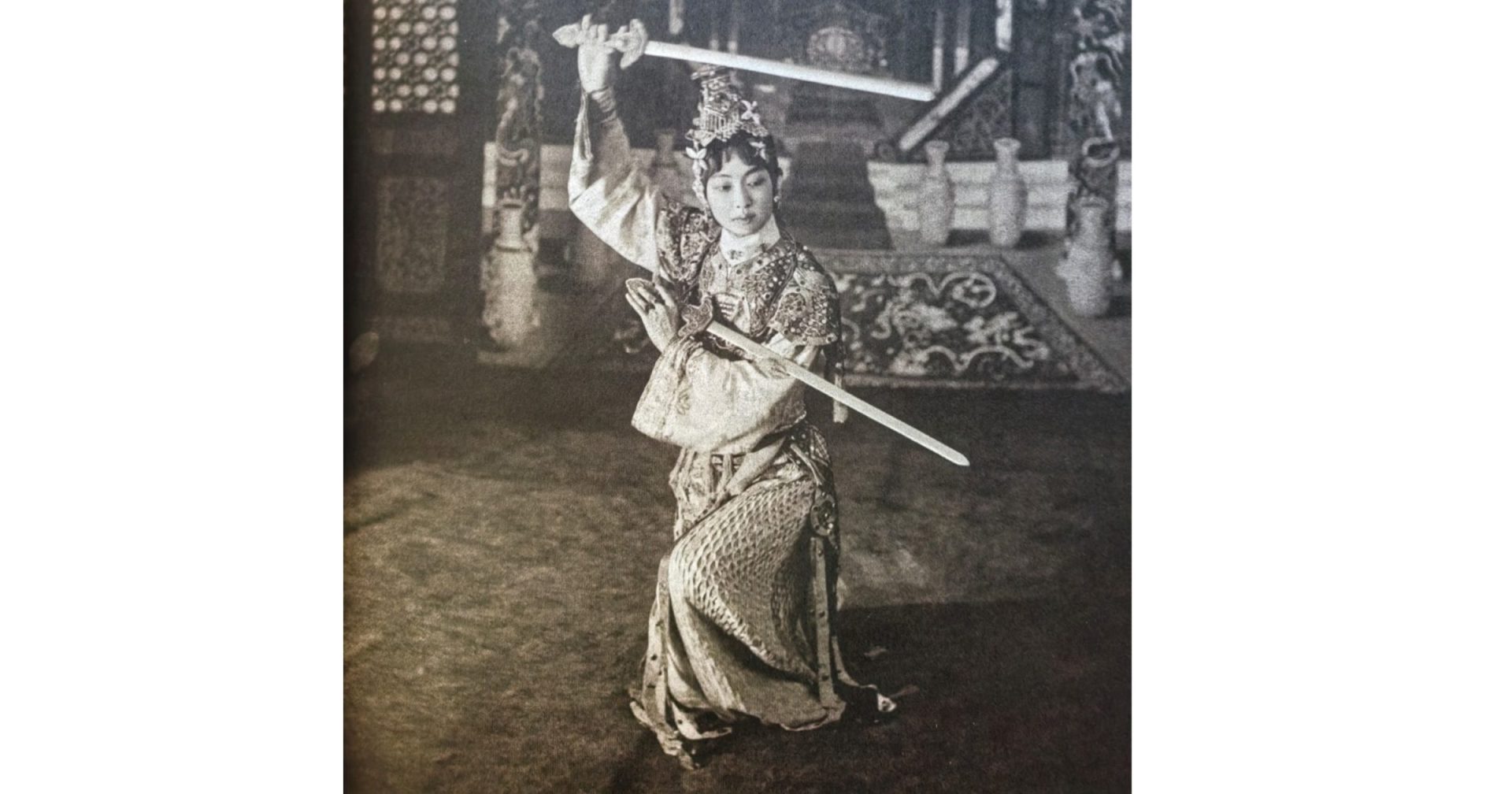During the Cultural Revolution (1966–1976), China experienced a political “mango-fever.” In 1968, after receiving mangoes as gifts from the visiting Pakistani foreign minister, Mao Zedong sent the fruit to the Worker-Peasant Mao Zedong Thought Propaganda Teams. His gift coincided with a turning point when the Cultural Revolution changed from a student-dominated movement to a worker- and peasant-led movement. Mangoes, an unfamiliar fruit at that time in China, became a temporary political symbol of Chairman Mao’s benevolence and love for the people. Illustrations and photos of mangoes appeared in publications, paintings, posters, and badges, as well as on everyday objects such as mirrors, quilt covers, and enamelware. Wax mango models were displayed in glass vitrines to express reverence for Mao’s gift, along with the circumstances of the mango gift printed in red on the cases. By showcasing over eighty mango-related objects, this exhibition explored the interaction of material culture and politics during this period.
This exhibition is made possible, in part, by public funds from the New York City Department of Cultural Affairs in partnership with the City Council, and by the generous support of China Institute Friends of the Gallery and Sponsors of the Exhibition.




